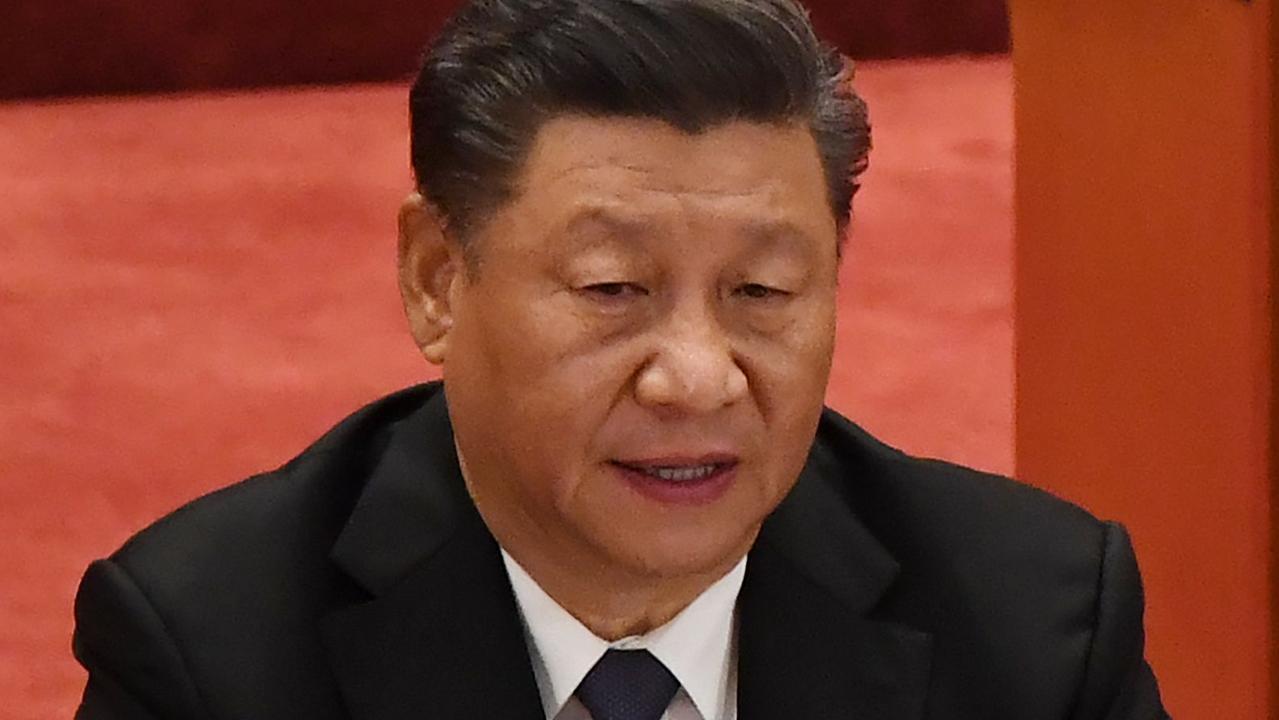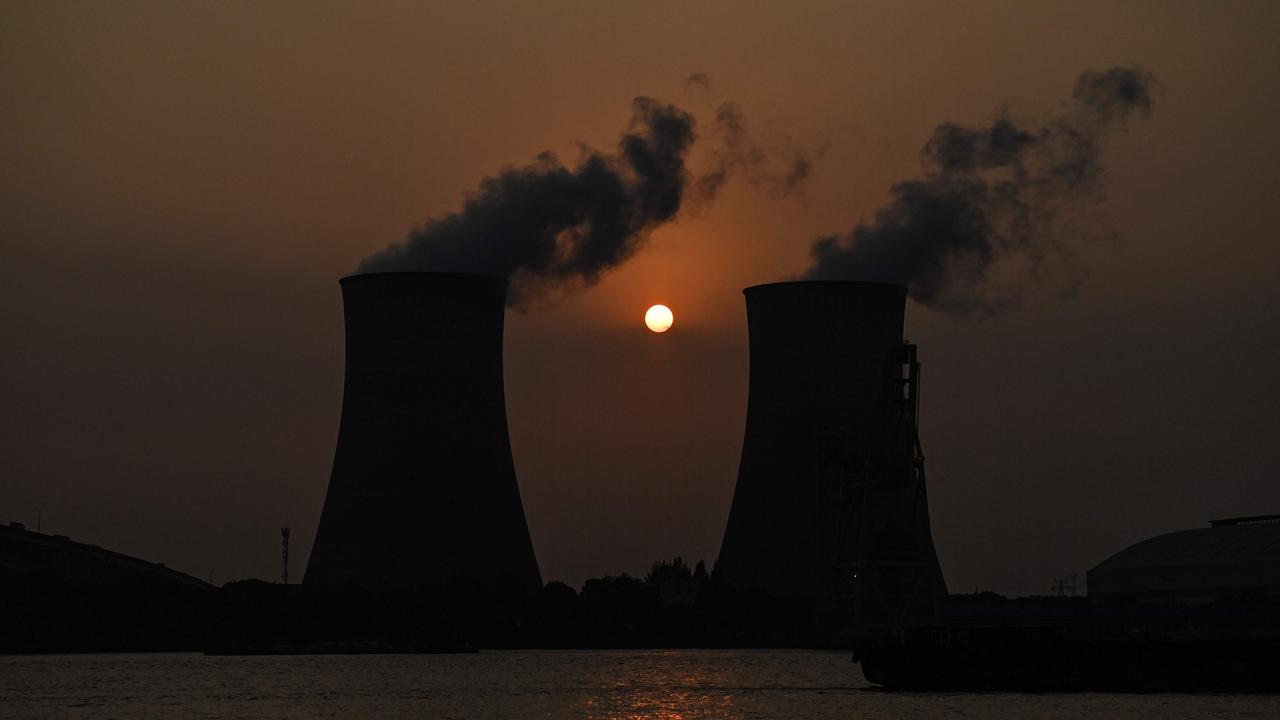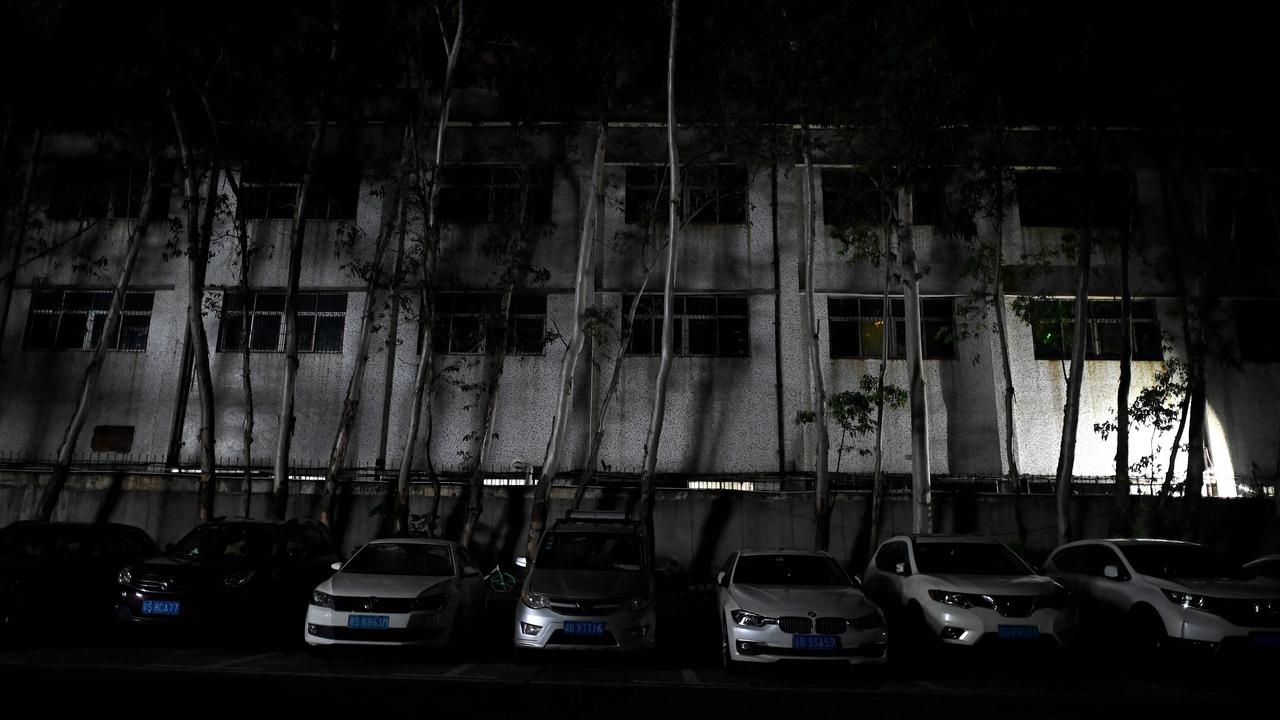China’s growing electricity crisis
Scores of Chinese homes are in the dark and in just a fortnight coal reserves could run out. It’s proving to be a very dangerous problem for leader Xi Jinping.

China’s electricity crisis is the result of a damaging power surge. By Chairman Xi Jinping, that is.
The official Communist Party line is that China’s power grid is simply shifting from fossil fuels to renewables.
But the electricity supply problem’s a bit more complicated than that.
First, there’s the matter of supply.
Drought. Extreme heat. Rebounding demand as the Covid-19 pandemic lifts. All are straining electricity production.
Meanwhile, coal reserves are dangerously low. There’s only enough supply for a few days – two weeks at most -of power generation.
And that’s not available because of Chairman Xi’s Great Power games.
When combined with surging demands on production, tightening carbon emissions standards, the instability of renewable energy supplies – politics has tipped China’s grid over the edge.
This week, two-thirds of the country experienced blackouts and rationing.
It’s not a problem China’s strict censorship regime can bury.
And no amount of propaganda will put the lights back on.

The Beijing-based Global Times concedes that “there were some gaps that may have caused the collapse of the (northeast) power grid, which added to the regional power shortage”.
In a rare example of public criticism, it quoted one “netizen” as appealing for an urgent fix to the problem “because temperatures in northeast China are sliding down”.
But the Communist Party-controlled news service maintained an upbeat tone: “We are destined to become a global superpower in terms of power generation, but we cannot always be a superpower with a high proportion of coal-fired power generation among major economies.”
Moments of transition
China is the world’s top producer of carbon dioxide.
Its ability to kerb emissions is a critical test of the global economy’s ability to combat climate change.
Last year, Chairman Xi announced his intention to cut China’s carbon output by 65 per cent before 2030. He also told the UN climate change summit that renewable energy would be a vital part of that project.
But, according to China’s National Development and Reform Commission (NDRC), only 10 out of 31 provinces have met their fossil-fuel energy reduction targets. In fact, power generation pollution exceeded pre-pandemic levels in the first quarter of this year.
That’s prompted punitive action from Beijing.
As of September, regional Communist Party officials will be held accountable for any further failure to meet their objectives.
That triggered a rush to be seen to be doing Beijing’s bidding.
Polluting power plants have been curbed. High-energy and carbon-producing industries have been cut back as a counterbalance.
But China’s power grid is already under pressure. Reduced output due to coal supply problems and harsh climate conditions have left it with little scope to meet both rising demand and strict new regulations.
Renewable energy, such as wind and solar, is available – but not yet reliable or of sufficient scale. And there’s not enough nuclear power supply to maintain the necessary baseload.
Those troubles are beginning to hit home.
Traffic lights were abruptly turned off in the northeastern city of Shenyang last week. Local authorities deemed it necessary “to avoid the collapse of the entire grid”.
The Global Times urged that “the problems caused by recent power curbs in northeast China should increase the sense of urgency for Chinese society to implement sustainable development and strengthen the co-ordinating use of electricity.”
Industrial impact
Earlier this year, major Chinese power plants in Guangdong province were forced to cut back after unusually hot weather began to affect their equipment – even as demand spiked some 23 per cent. Water shortages also caused hydro-electric plants to limit output in the light of reduced flows.
Since then, the problem has spread, with power cuts and consumption limits imposed in several key industrial zones. Aluminium, steel, cement, wood mill, and fertiliser production have all been affected in Zhejiang, Jiangsu, Yunnan, and Guangdong regions.
Power suppliers have reportedly begun sending notices to heavy users to kerb their use between 7am and 11pm. Some have been asked to alternate shutdowns every two to three days.
China uses about 3 billion tonnes of thermal coal to generate 65 per cent of its electricity supplies each year. It imports only about seven per cent of that. But its imports are usually high-grade coal for use in the critical energy and steel production sectors.


According to Hong Kong’s South China Morning Post, the Sinolink Securities brokerage firm has said China will need 1.85 billion tonnes of thermal coal between now and February next year.
At current supply levels, there’s an anticipated shortfall of 344 million tonnes. That’s 19 per cent less than what’s required.
“Since the Australian coal ban, there has been a shortage of 35 million tonnes of high-quality coal. Currently, 70 per cent of [China’s] imported coal is from Indonesia,” Nanhua Futures reported earlier this week.
Quality counts. Indonesian coal is some 30 per cent less efficient than Australian coal.
“It is difficult to import enough thermal coal with high calorific value and low sulphur,” Nanhua added.
Meanwhile, coal prices are soaring. Since January, it’s leapt from $A145 a tonne to around $A235 a tonne.
Domestic fallout
Earlier this week, China’s State Grid Corporation announced that it would “go all out to fight the battle of guaranteeing power supply”.
Such shortages aren’t new. They’ve been increasing in frequency and severity over the past two years.
What is new is they’ve begun to get bad enough to affect residential supply.
Industry was hit first in an effort by the Communist Party to ensure household supplies remained untouched. State Grid Corp pledged to ensure basic power supplies.
But the problem’s only gotten worse.
Now China’s National Energy Administration (NEA) has instructed coal and gas plants to guarantee enough energy for heating households over the approaching winter.
Currently, national coal stockpiles only amount to 11.3 million tonnes – enough to provide 14 days worth of power generation. The minimum is considered to be 21.
That’s resulting in early rationing.
Now residential users are being told to turn down their water heaters, stop using their microwaves, and turn off their lights. Shopping malls are shutting early.
Meanwhile, state-controlled media has begun informing its captive audiences that the shortages are all part of the plan.
“China has to accelerate the development of nuclear energy, hydro-electric power, wind power, and solar power,” a Global Times editorial reads.
“Society needs to support the build-up of each type of clean energy.”
Power plays
Electricity rationing is now in effect in 20 out of China’s 31 provinces.
“The recovery of residential power will be a priority after the regional power grid gets back to normal,” the Global Times quoted a State Grid Corporation spokesman as saying. “However, he did not reveal an exact date.”
At the weekend, China’s National Development Commission promised it would commit every effort towards resolving the power problem as fast as possible.
“The national energy conservation situation is very severe,” spokeswoman Meng Wei told Chinese state-controlled media. She said that the commission was working with other departments to ensure “no deviation” was made from central government planning policies.
No further details were given.
How China gets over the “speed hump” of transitioning from coal and gas is yet to be seen.
The ongoing trade dispute with Australia remains a choke on coal supplies. As does reduced production after a series of Chinese coal mine accidents.
Natural gas supplies are also strained globally, with large economies – including Europe – rushing to secure supplies ahead of winter and feed renewed industrial demand.
Meanwhile, the world is bracing for supply-chain disruptions in everything from Chinese made transistors to T-shirts.
Beijing’s warning its citizens to brace for more to come.
“From a long-term perspective, China’s commitment to carbon peak and neutrality will confine the country’s further expansion of electricity generation by carbon,” the Global Times editorial states.
“The disorder resulting from power rationing in northeast China has revealed that it is not easy to co-ordinate power supply and improve power efficiency. We have to make great efforts.”






